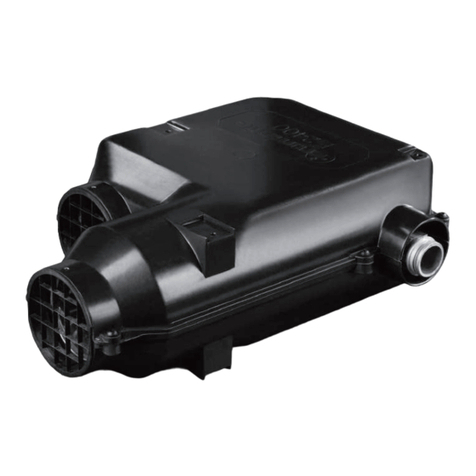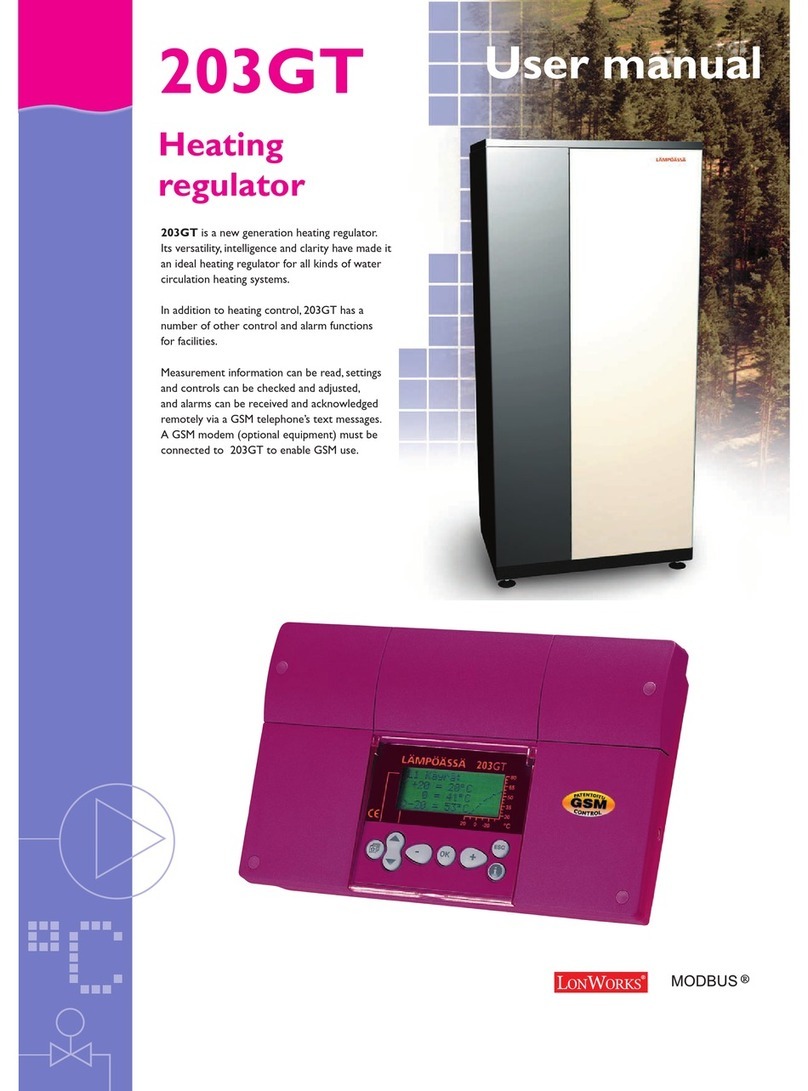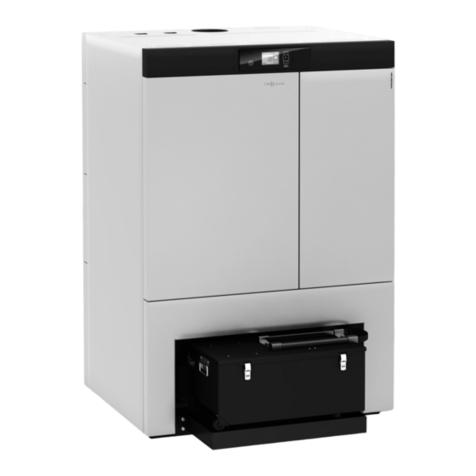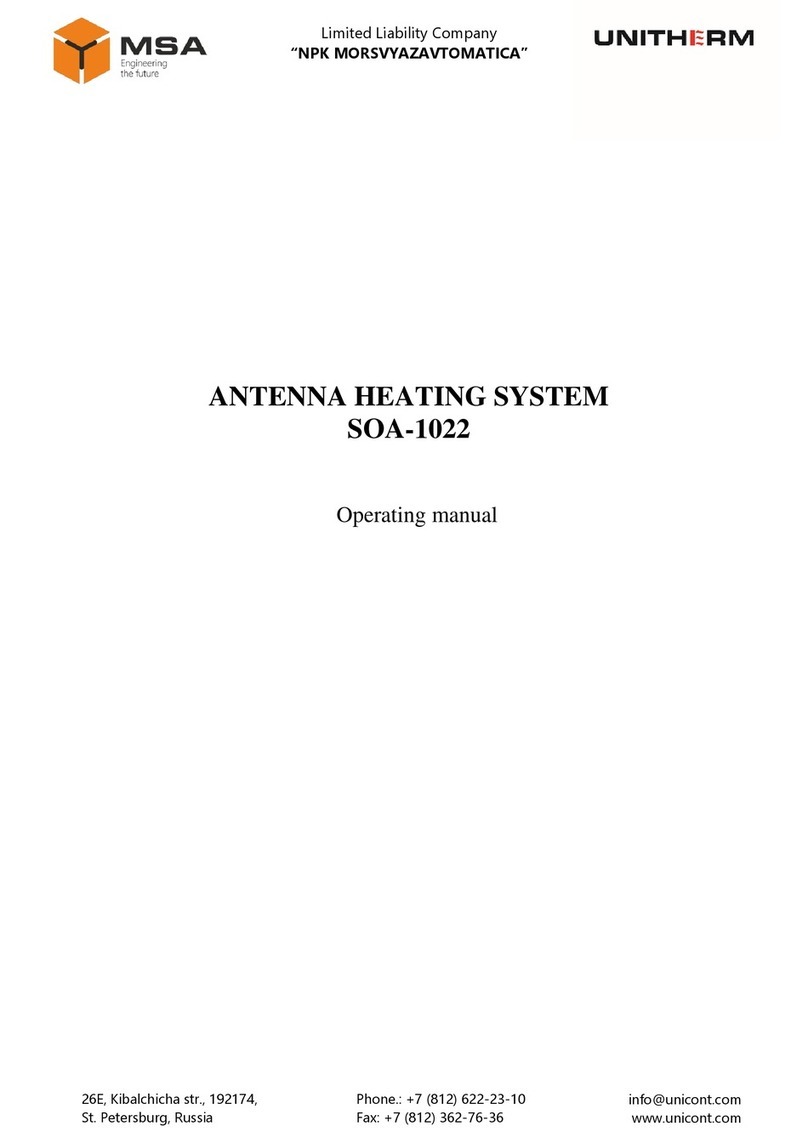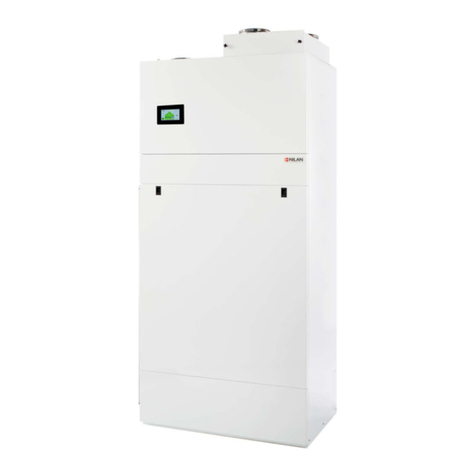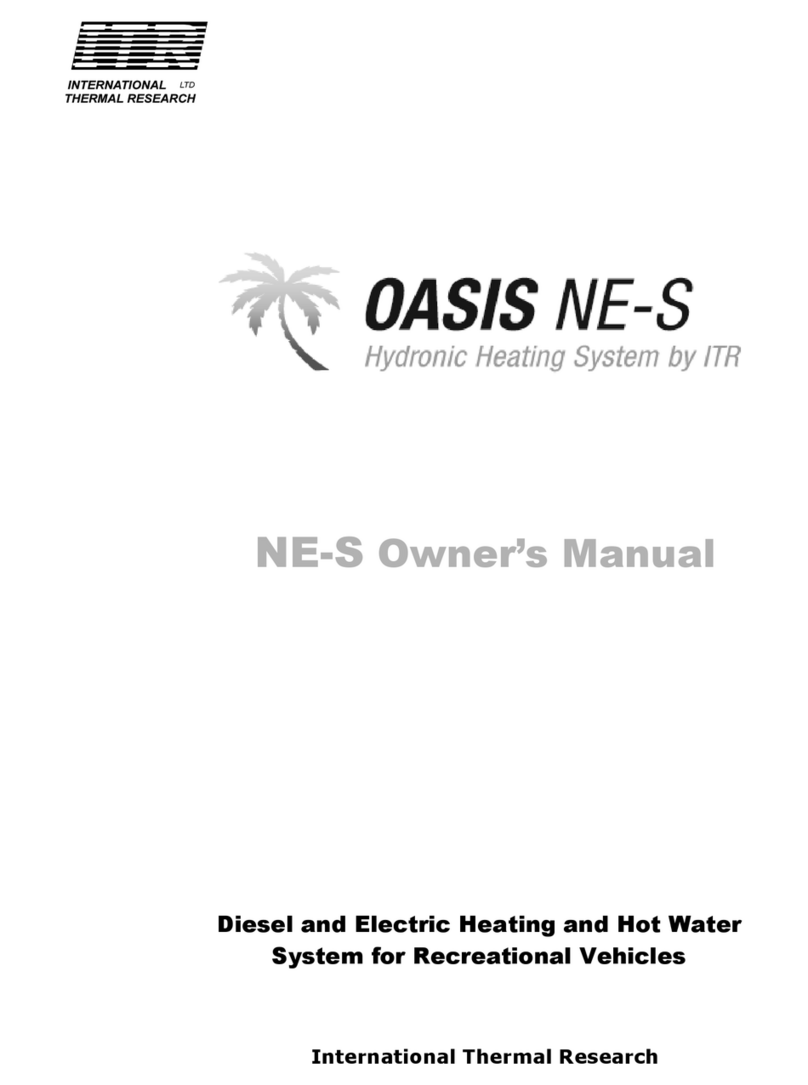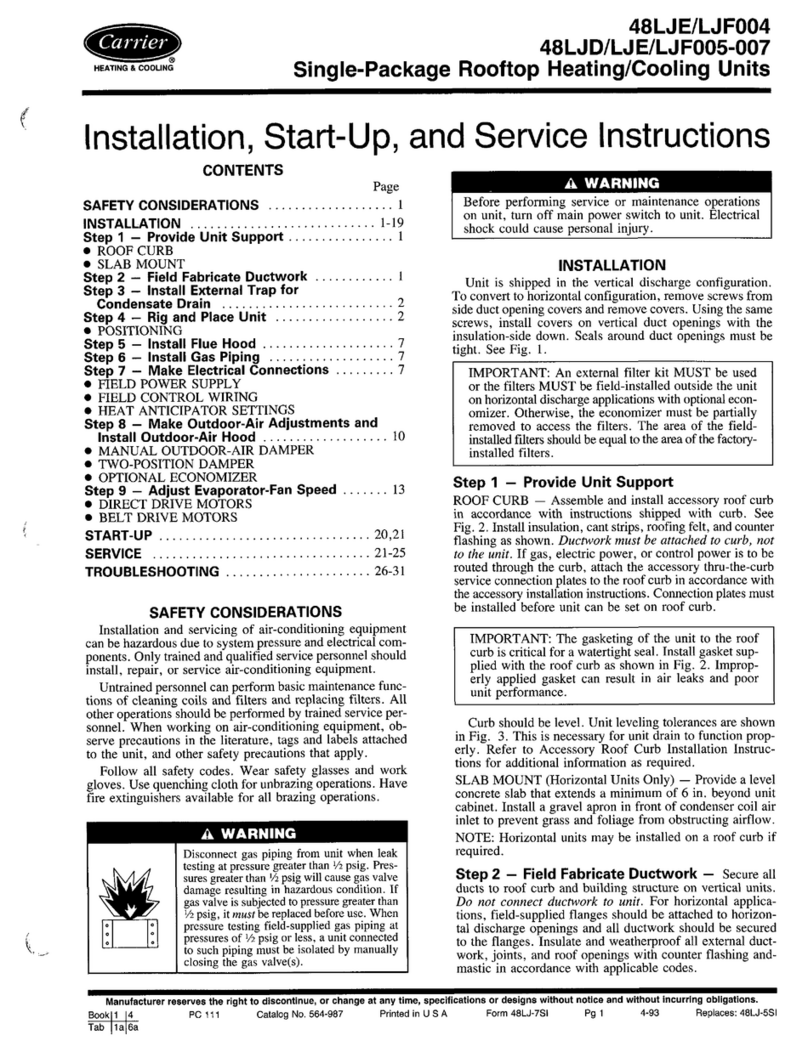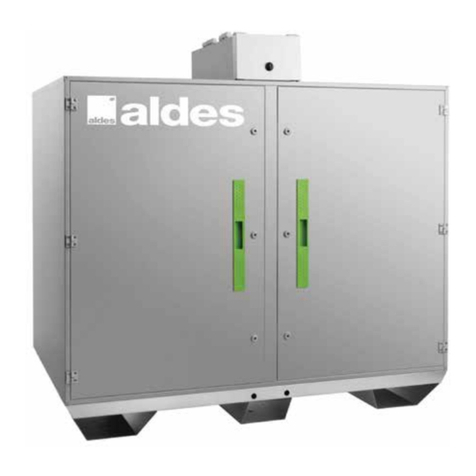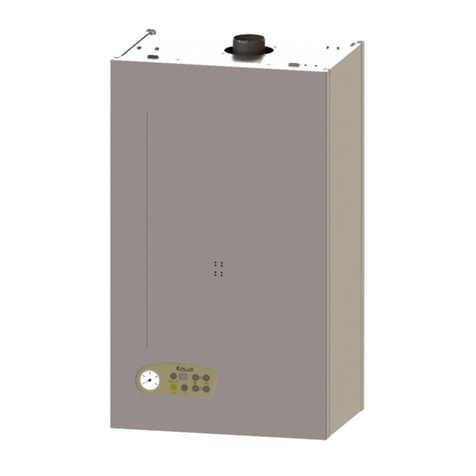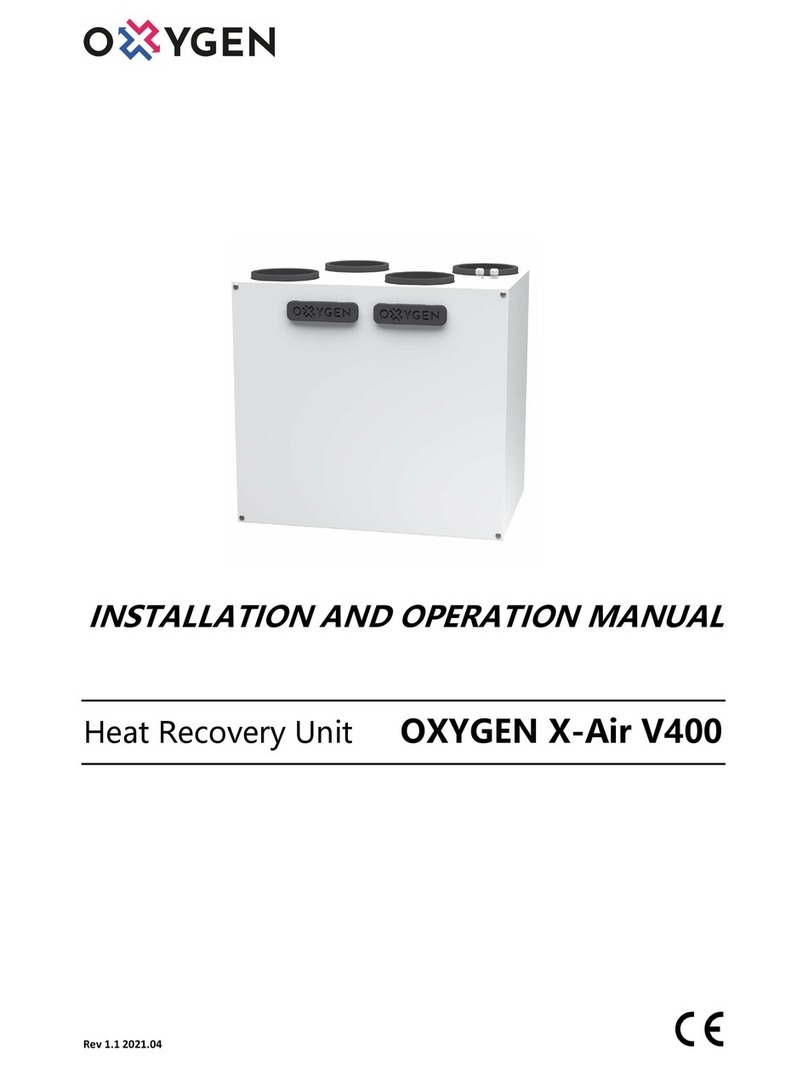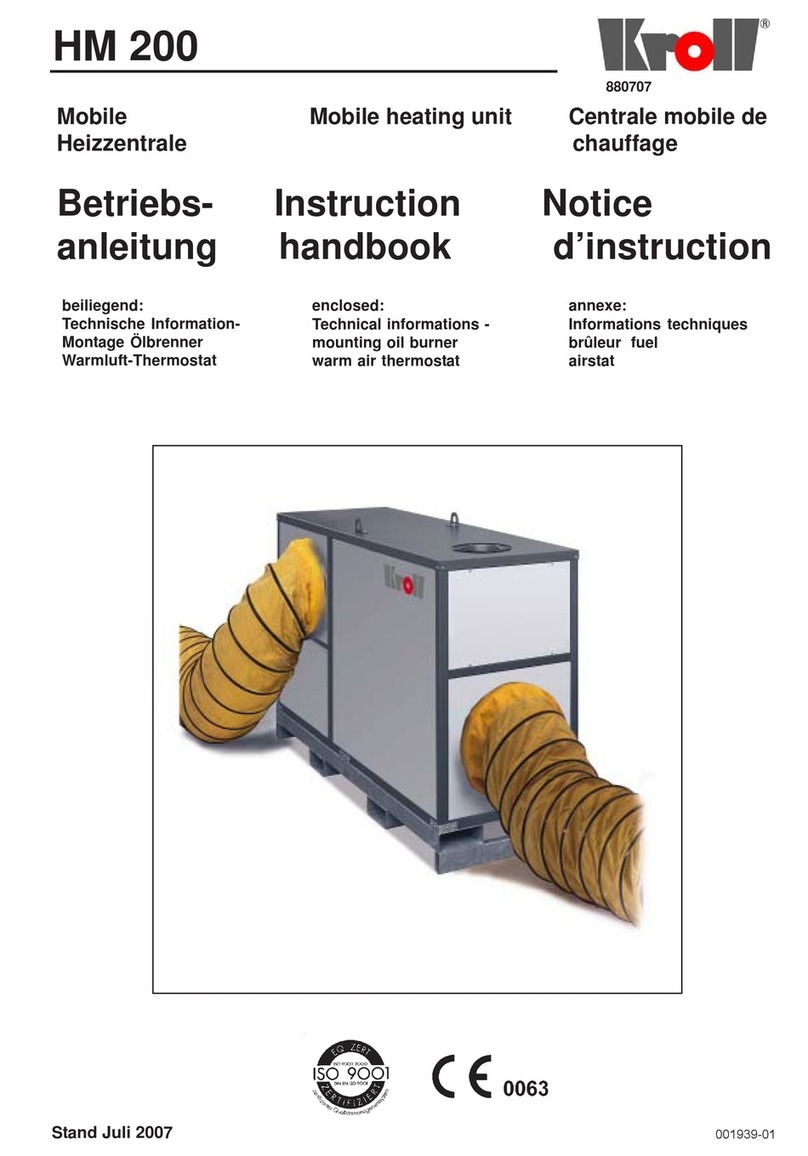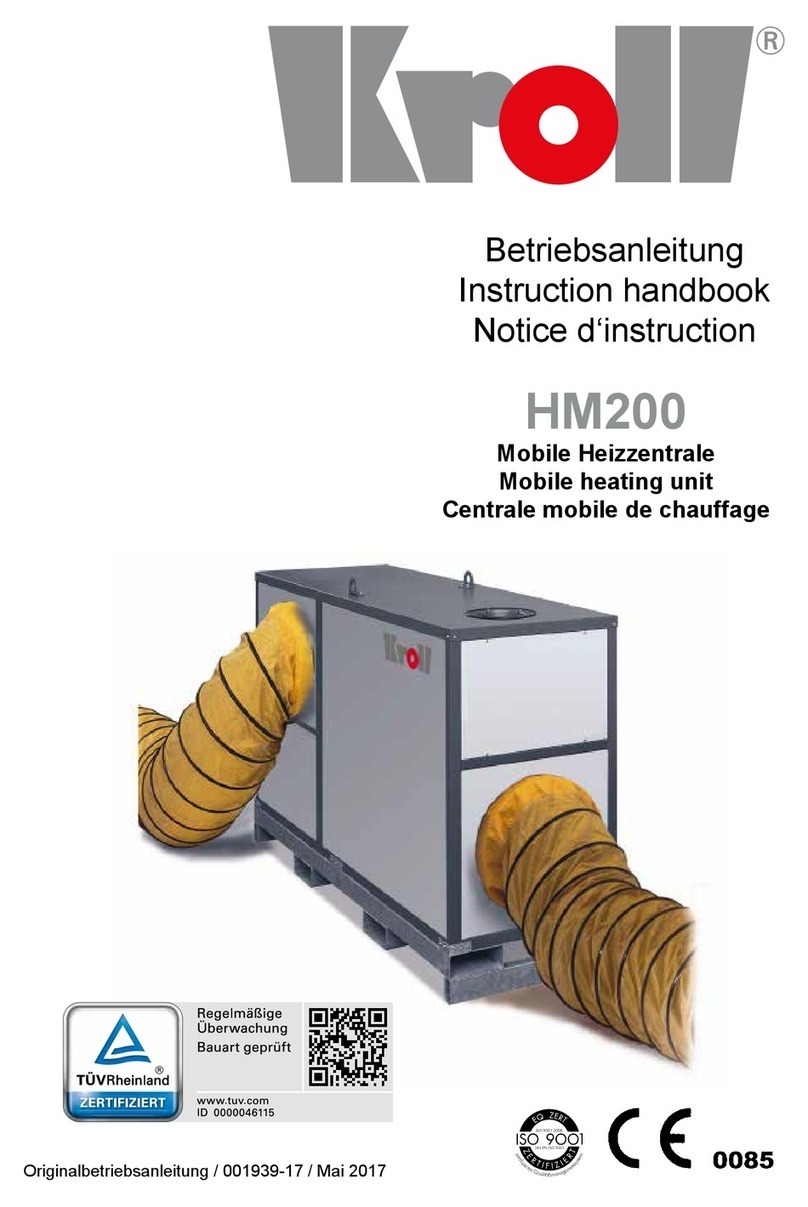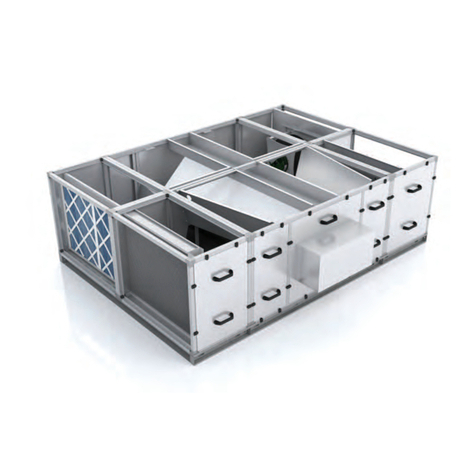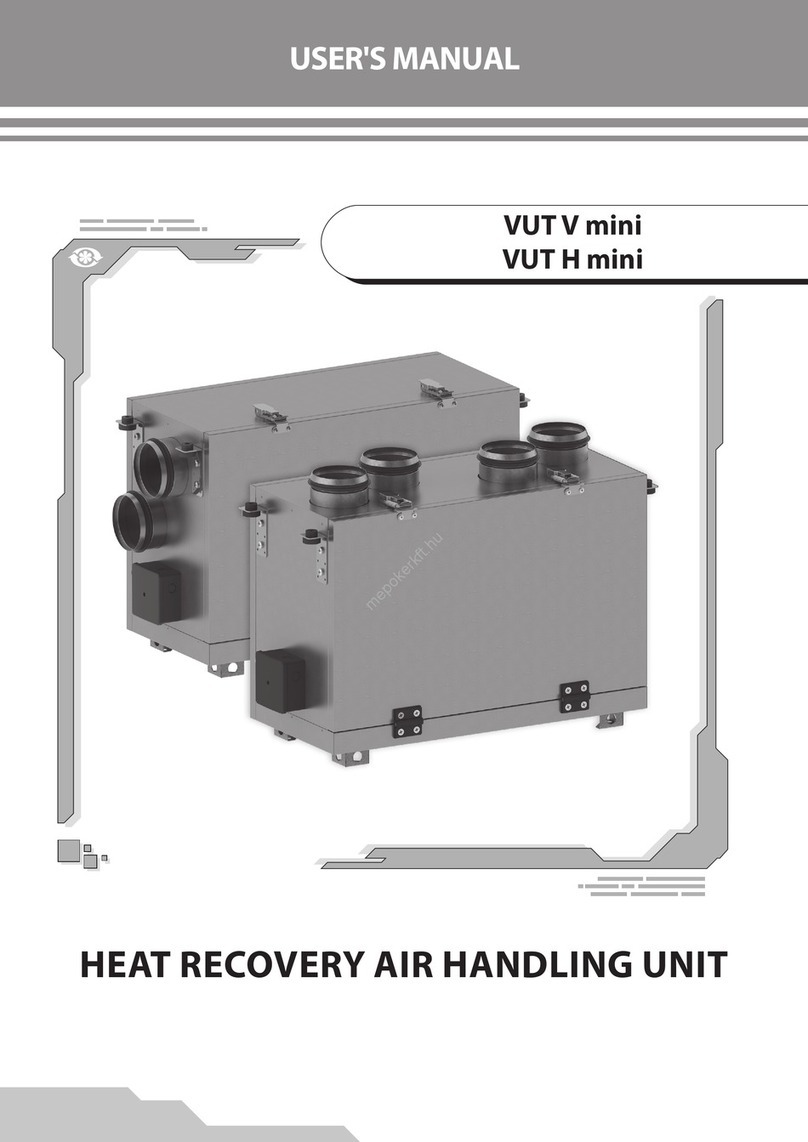
Electrical Connections
Power Supply
The unit is factory wired (unless otherwise specified) ex-
cept for power connections, shipped loose sensors/items
or remote control options as indicated in the electrical
schematics. The unit may or may not have an optional
factory installed door interlocking disconnect in the unit
control panel. If the unit control panel disconnect is not
supplied, the Electrical Contractor must provide and install
a disconnect outside the unit as per local electrical codes
and run single-point power supply wiring to the control
panel.
Should the unit have optional electric pre-heating coil and/
or electric post-heating coil with kW rating in excess of
24 kW for 208/3/60V, 27 kW for 230/3/60V, 67 kW for
460/3/60V or 84 kW for 575/3/60V, the Electrical Con-
tractor must also provide and run a separate two-point
power supply wiring to the electric heater circuit breaker
located in the unit control panel.
• Units are available in all voltages and phases. Please
see Appendix F for electrical data.
• Check nameplate for correct power supply require-
ments.
• See electrical schematics located in the control panel
pocket for field wiring of power connections, shipped
loose sensors/items and remote control interlocks.
The Electrical Contractor must locate, install and wire
sensors/items as per electrical schematics.
• Numbered terminal strips are included in the control
panel for ease of connection and service.
• Install copper wiring of proper size to handle current
load.
All field wiring must comply with NEC and local require-
ments. In Canada, electrical connections must be in ac-
cordance with CSA C22.1 Canadian Electrical Code Part
One.
Field Connection
For single-point or two-point power connections, high
voltage connection holes are located on the outside of the
unit with knockout; see submittal drawings for location.
A field installed disconnect switch must use a liquid-tight
connector between the disconnect switch and the outside
panel of the unit eliminating any water penetration into the
control box.
A low voltage field wiring (FW) interface is provided near
the control panel (PNL) terminals for shipped loose or field
supplied controls, sensors or interlock connections. The
location of the field wiring and panel terminals may vary
depending upon options selected as illustrated in Figure 2.
The low voltage field wiring entry is made through the side
of the unit below the input power supply connection (see
Appendix G) which runs through the outside casing and
requires a liquid-tight connector or conduit to avoid water
penetration.
Should the Electrical Contractor decide to run the power
feed cable through the roofcurb, he/she must determine
location, routing, drill necessary holes (avoid drilling holes
through drain pan) and seal after completion. Remote
control wiring can be located next to the power feed cable
provided it is inserted in a shielded cable that will protect
it from electro-mechanical interference. Ensure the power
feed cable ground is securely connected to the terminals
located in the control panel.
Electrical Contractor must provide wiring for controls that
are supplied optionally and shipped loose or field sup-
plied. All field supplied low voltage wiring must be Class
2. Mark the field wiring terminals schematic (Appendix G)
with the connections completed and leave with the unit for
start-up and service.
Units will require a start contact interlock from a remote
time clock, light sensor, occupancy sensor, manual selec-
tor switch or remotely through BACnet from a building
management system (BMS) depending on ventilation con-
trol scheduling mode required. Select required interlock
and ventilation control scheduling mode from description
below.
See Appendix G and Appendix H for wiring terminal con-
trol diagram examples and standard field wiring terminal
and interlock connections available.
Units Supplied with DDC Control Package
The DDC control package enables stand alone opera-
tion of the VHC unit and includes a factory installed,
programmed and run tested stand alone microprocessor
based controller, all necessary sensors and interfaces to
provide control of optional post conditioning functions.
See the VHC-36, -42 and -50 DDC Control Package
Manual (VCES-DDC-IOM-1 (500020459)) for overview,
installation and start-up.
An intelligent programmable interface device (BacStat II)
with built-in room sensor is included for communication,
display, setpoint control and to allow for servicing, and is
shipped loose for field wiring and installation at the unit or
remotely. Determine required location for installation and
WARNING
When installed, the unit must be electrically grounded in
accordance with local codes or, in the absence of local
codes, with the National Electrical Code, ANSI/NFPA 70,
and/or the Canadian Electrical Code CSA C22.1. Unit
cabinet must have an uninterrupted, unbroken electrical
ground to minimize the possibility of personal injury if an
electrical fault should occur. Failure to follow this warning
could result in the Installer being liable for personal injury
of others.
VCES-VHC-IOM-1F – VHC-36, -42 & -50 10
